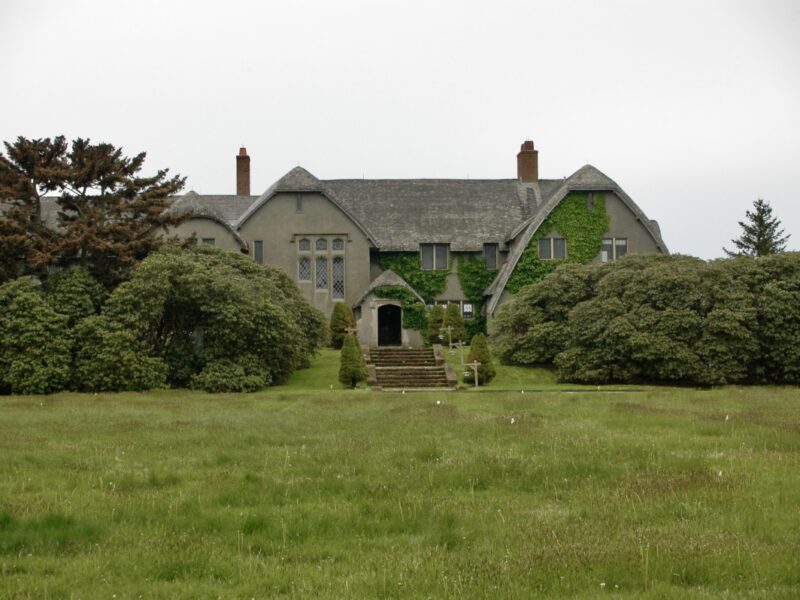

Most people think of the grander and large-scale late 19th and early 20th century homes in East Hampton as having been built by some of the most famous residential architects in the country. Some of those big-name architects like Grosvenor Atterbury, Harrie T. Lindeburg, F. Burrall Hoffman, and Polhemus and Coffin did, in fact, build there. However, there were also local architects, born and raised on Long Island and in East Hampton, who enjoyed prolific careers and made major contributions to the residential portfolio of East Hampton.
The builders, who lived and worked in this community, erected distinctive homes while being completely invested in the social fabric of East Hampton. And all of this would not have happened without the evolution of tools that enabled them to practice their art.
To tell this story, titled “Architects, Builders and Tools in the 19th and 20th Century,” the East Hampton Historical Society, celebrating the 375th anniversary of East Hampton, invited historian Hugh King and furniture maker Evan Thomas to the East Hampton Library for its last winter lecture to speak and give context to the design and building of houses from this era.
King introduced the audience to architect Joseph Greenleaf Thorp (1864-1934), a Princeton graduate who designed more than 50 houses on Long Island including his own residence (1893), a stuccoed and half-timber neo-Elizabethan affair on Woods Lane. This was very much in keeping with the influence of East Hampton’s English heritage. He was also well known for the design of the shingle-style Odd Fellows Hall (1897), originally painted green, on Newtown Lane and for Grey Gardens (1901) the home of Mrs. F. Stanhope Phillips. In 1913 Thorp renovated the house on Town Lane owned by Alec Baldwin.
Many of the most well-known builders such as George Eldredge and Edward M. Gay collaborated repeatedly with architects like John Custis Lawrence. King peppered his presentation with anecdotal information on quite a few residents. The sportswriter Grantland Rice, who had a house on West End Avenue designed by Lawrence and built by Gay, was cited by King for his famous quote, “It’s not whether you win or lose, it’s how you play the game.” He also told the story of the tragic demise of Margorie Woodhouse and her husband when their car crashed into a river and they both drowned.
How these houses from different eras blended nicely as a whole in East Hampton had much to do with the local architects and builders. They stayed within a vernacular idiom really because they had to build in response to climate, custom and a cultural construct. Evan Thomas pointed out, astutely, how building changed on a technical level between one century and the next. Wood was cut by human power. There were no electric sanders, no plywood (even though the Egyptians had a form of it in ancient times). Builders had an inclined plane, which was a slightly angled piece of wood, and by adding a wedge to it a smoothing plane could be created. Wood was joined together using mortise and tenons and early clamps performed as screws. Wheels, pulleys and levers were still limited to human power, and these tools weren’t easy to sharpen or tune up. There were planes for different purposes such as rabbeting and making quirk beads (a rounded edge on trim with a slight reveal) but they were all hand built.
Steam power eventually revolutionized wood processing by, for example, powering joiners that could flatten the bottom of a board. While the white pine forests of the East End had been chopped down, red and white oak was available in the Adirondacks. Milled flooring boards along with dimensional framing lumber were taken to Albany and then transported by train right to East End lumber yards all conveniently located adjacent to the train stations.
Perhaps the biggest mystery of the evening had to do with who really built all these big houses. Some carpenters who worked for these established builders have been mentioned, but to build such structures crews were needed for the different trades, and yet very little is known about who labored under these prominent builders. It’s fair to say the audience was left curious to know more.
 More Posts from Anne Surchin
More Posts from Anne Surchin